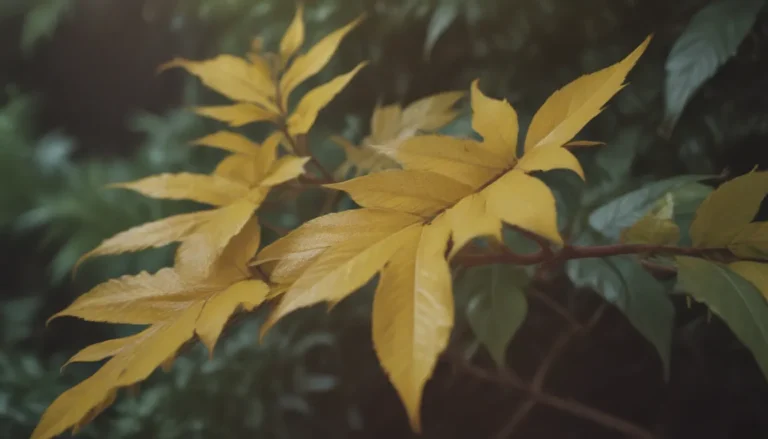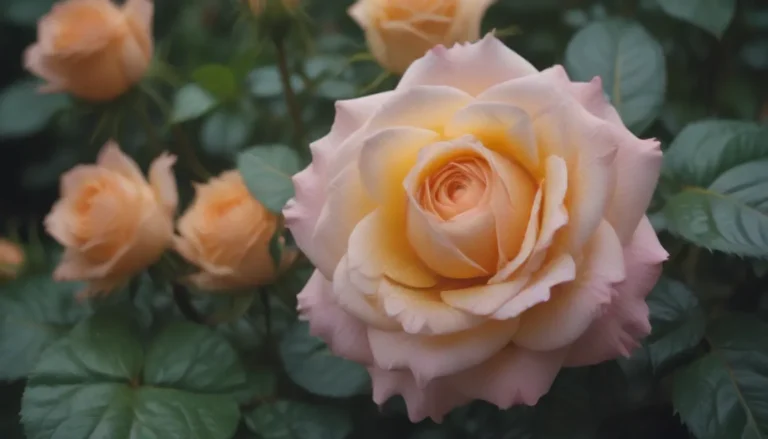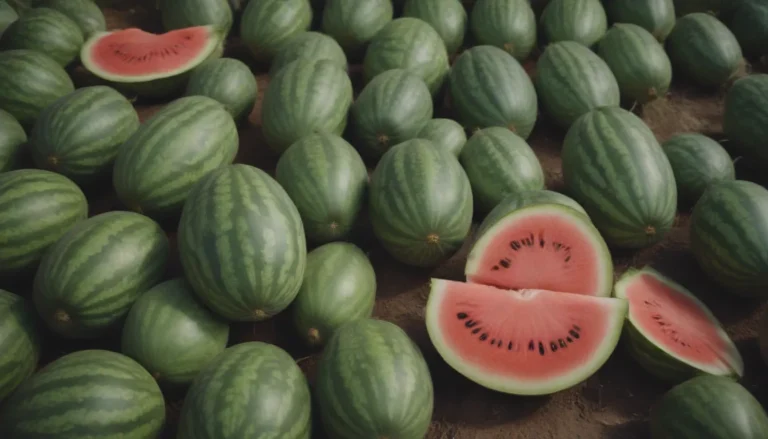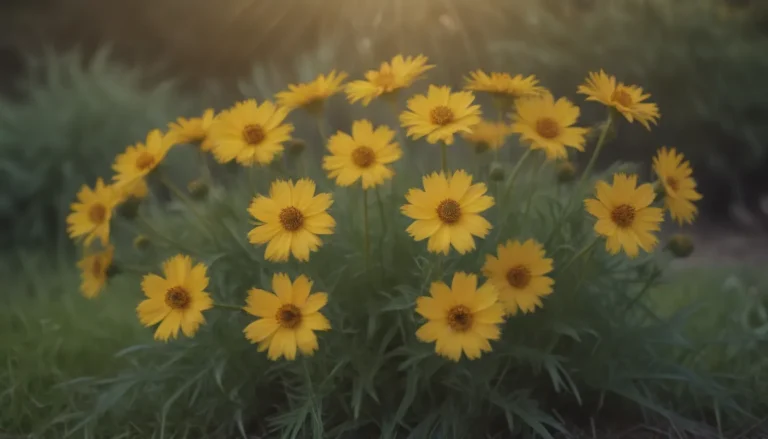Ultimate Guide: 30 Types of Jade Plants to Grow Yourself
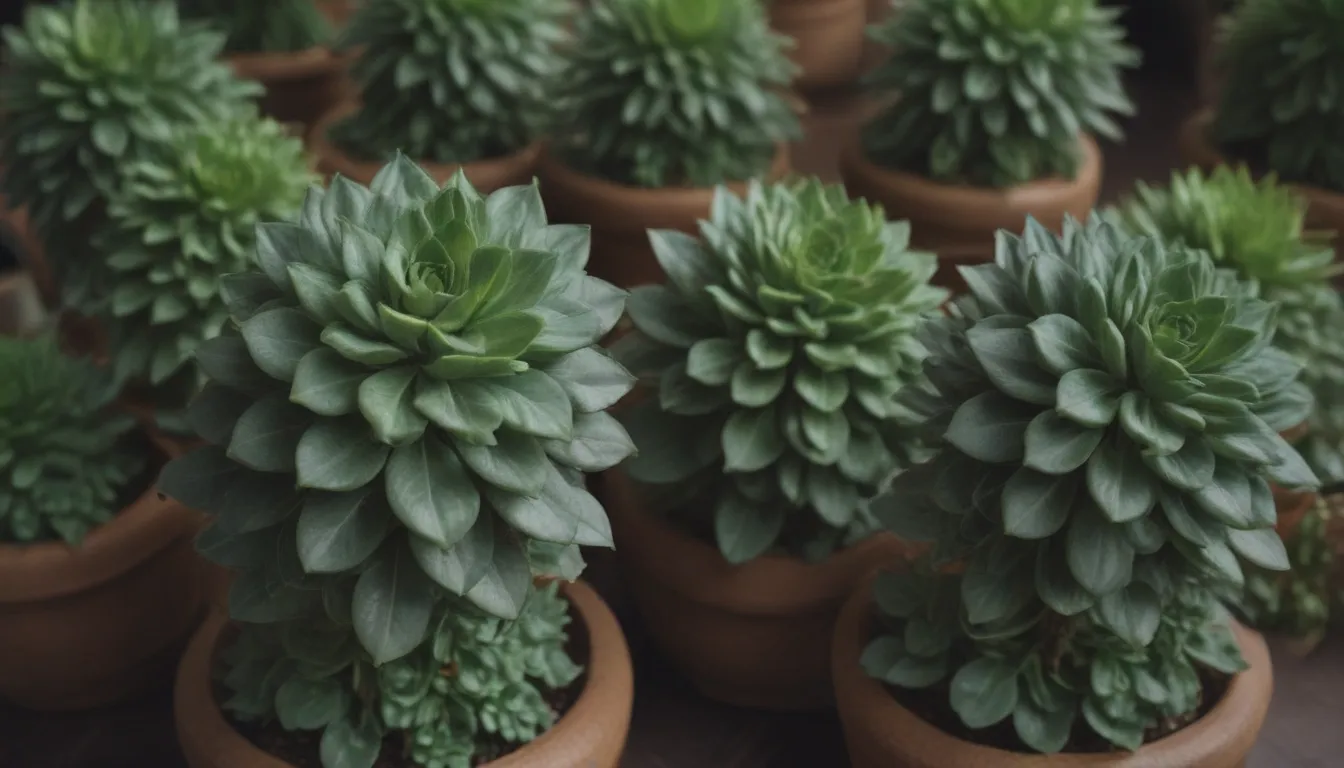
Jade plants are not just popular for their aesthetic appeal but also for being easy to grow both indoors and outdoors. While many people are familiar with theCrassula ovata, also known as the money plant, there are actually over 300 species in theCrassulagenus, each with its own unique characteristics. Whether you are a seasoned succulent enthusiast or a beginner looking to expand your plant collection, here are 30 types of jade plants to know and grow.
1. Jade Plant
The most popular and widely available jade plant is theCrassula ovata. This plant is believed tobring fortune and good luck into your home according to Feng Shui, earning it nicknames like money plant, dollar plant, and lucky plant. It features medium green oval leaves and a shrub-like growth habit, with leaves developing a red tinge around the edges in bright light conditions.
- Name:
- USDA Hardiness Zones:
- Mature Size:
- Sun Exposure:
- Soil Needs:
2. Variegated Jade
The variegated jade plant (Crassula ovata’Variegata’) is a popular cultivator of theCrassula ovata. It boasts light green, white, yellow, and sometimes pink multi-colored foliage, requiring consistent bright, indirect light to maintain its stunning colors.
- Name:
- USDA Hardiness Zones:
- Mature Size:
- Sun Exposure:
- Soil Needs:
3. Crosby’s Compact Jade
Also known as Crosby’s red jade or Crosby’s dwarf jade, this variety is a dwarf cultivator of the standardCrassula ovata. It features small, round leaves and a compact growth habit, with leaves turning vibrant shades of red, yellow, and orange when exposed to direct sunlight.
- Name:
- USDA Hardiness Zones:
- Mature Size:
- Sun Exposure:
- Soil Needs:
4. Pink Beauty Jade
While mostCrassula ovatavarieties have white flowers, the pink beauty jade stands out with its stunning pink blooms in the fall and winter. Its relatively small leaves with red-tipped edges make it a delightful addition to any plant collection.
- Name:
- USDA Hardiness Zones:
- Mature Size:
- Sun Exposure:
- Soil Needs:
5. Gollum Jade
Inspired by “The Lord of the Rings,” the Gollum jade (Crassula ovata‘Gollum’) features tubular leaves with circular tips that resemble small suction cups. Its unique shape adds a touch of whimsy to any indoor or outdoor garden.
- Name:
- USDA Hardiness Zones:
- Mature Size:
- Sun Exposure:
- Soil Needs:
6. Hobbit Jade
Easily confused with the Gollum jade, the hobbit jade (Crassula ovata‘Hobbit’) has spoon-shaped leaves that curl inwards on themselves, forming a tubular appearance. Its distinct shape makes it a popular choice for succulent enthusiasts.
- Name:
- USDA Hardiness Zones:
- Mature Size:
- Sun Exposure:
- Soil Needs:
7. Variegated Gollum Jade
The variegated cultivator of the Gollum jade is characterized by pale green and white streaked foliage. While it is slower-growing compared to its non-variegated counterpart, it adds a unique visual interest to any plant collection.
- Name:
- USDA Hardiness Zones:
- Mature Size:
- Sun Exposure:
- Soil Needs:
8. Skinny Fingers Jade
Known as the E.T. fingers jade, this tubular-shaped plant features longer, skinnier leaves that are thinner at the tips, with no pronounced suction cup shape. It is a striking addition to any succulent garden.
- Name:
- USDA Hardiness Zones:
- Mature Size:
- Sun Exposure:
- Soil Needs:
9. Crassula Red Coral
Similar in form to the Gollum jade, this variety boasts brightly colored foliage that shines in direct sunlight. With its stunning red and yellow hues, it adds a pop of color to any indoor or outdoor garden space.
- Name:
- USDA Hardiness Zones:
- Mature Size:
- Sun Exposure:
- Soil Needs:
10. Botany Bay Jade
Unlike mostCrassula ovatacultivars, the Botany Bay jade is known for its compact, bushy growth habit. With light green-yellow leaves and red tips, this variety adds a touch of elegance to any succulent garden.
- Name:
- USDA Hardiness Zones:
- Mature Size:
- Sun Exposure:
- Soil Needs:
11. Hummel’s Sunset Jade
The Hummel’s sunset jade is a vibrant cultivar of the classicCrassula ovata, with yellow, orange, and red leaves that brighten up any indoor or outdoor space. Its mounding, shrub-like growth habit makes it a popular choice for bonsai enthusiasts.
- Name:
- USDA Hardiness Zones:
- Mature Size:
- Sun Exposure:
- Soil Needs:
12. Mini Jade
Named for its petite size, the mini jade plant is a dwarf cultivar of the Crassula ovata. Its small, rounded leaves and clump-forming growth habit make it an ideal choice for small spaces both indoors and outdoors.
- Name:
- USDA Hardiness Zones:
- Mature Size:
- Sun Exposure:
- Soil Needs:
13. Silver Dollar Jade
Named for its round, blue-grey foliage, the silver dollar jade plant adds a touch of elegance to any plant collection. Its deep red color around the edges in bright light conditions makes it a visually striking addition to any space.
- Name:
- USDA Hardiness Zones:
- Mature Size:
- Sun Exposure:
- Soil Needs:
14. Blue Bird Jade
With large, flat leaves featuring yellow edges and light green stripes down the center, the blue bird jade is a colorful cultivar of the silver dollar jade. Its elongated leaves add a unique texture to any succulent garden.
- Name:
- USDA Hardiness Zones:
- Mature Size:
- Sun Exposure:
- Soil Needs:
15. Ripple Jade
Known for its wavy, blue-green foliage, the ripple jade plant is a unique addition to any indoor or outdoor garden. With a shrubby growth habit and red-tinted edges in bright light, it adds a touch of whimsy to any space.
- Name:
- USDA Hardiness Zones:
- Mature Size:
- Sun Exposure:
- Soil Needs:
16. Crassula Campfire
Characterized by its fiery foliage, the campfire Crassula adds a pop of color to any indoor or outdoor garden. Its long, flat leaves and striking red and orange hues make it a standout choice for plant enthusiasts.
- Name:
- USDA Hardiness Zones:
- Mature Size:
- Sun Exposure:
- Soil Needs:
17. String of Buttons
The string of buttons jade plant features small, square or triangle-shaped leaves and long upright stems. In bright sunlight, the leaves turn slightly pink around the edges, adding a touch of color to any indoor or outdoor garden.
- Name:
- USDA Hardiness Zones:
- Mature Size:
- Sun Exposure:
- Soil Needs:
18. Fairy Crassula
Fast-growing and mat-forming, the fairy jade plant is a delightful addition to any landscape. With its oval leaves and occasional purple undersides, it brings a touch of whimsy to any outdoor garden space.
- Name:
- USDA Hardiness Zones:
- Mature Size:
- Sun Exposure:
- Soil Needs:
19. Crassula ‘Moon Glow’
Featuring thin, teardrop-shaped leaves covered in fine ‘hairs’, the moon glow Crassula is a unique addition to any indoor or outdoor garden. With its adaptable nature, it thrives in a wide range of lighting conditions.
- Name:
- USDA Hardiness Zones:
- Mature Size:
- Sun Exposure:
- Soil Needs:
20. Baby’s Necklace Jade
Characterized by small, wedge-shaped leaves closely stacked on long stems, the baby’s necklace jade plant is a clumping and spreading succulent. Ideal for both indoor and outdoor growing, it adds a touch of elegance to any space.
- Name:
- USDA Hardiness Zones:
- Mature Size:
- Sun Exposure:
- Soil Needs:
21. Crassula ‘Tom Thumb’
A dwarf succulent variety, the Tom Thumb Crassula is known for its fast-growing nature. With small, bright green leaves and a stacking growth habit, it is a perfect choice for rock gardens, miniature planters, and terrariums.
- Name:
- USDA Hardiness Zones:
- Mature Size:
- Sun Exposure:
- Soil Needs:
22. Rosary Vine
Featuring thick, triangular leaves and a stacking growth habit, the rosary vine plant adds visual interest to any indoor or outdoor garden. With its compact size and branching growth habit, it is a popular choice among houseplant enthusiasts.
- Name:
- USDA Hardiness Zones:
- Mature Size:
- Sun Exposure:
- Soil Needs:
23. Propeller Plant
Named for its large, propeller-shaped leaves, the propeller plant is a popular choice for houseplant enthusiasts. With its slow growth rate, it adds a touch of elegance to any indoor or outdoor garden space.
- Name:
- USDA Hardiness Zones:
- Mature Size:
- Sun Exposure:
- Soil Needs:
24. Miniature Pine Tree
Prized for its unique foliage and compact size, the miniature pine tree is a favorite among succulent collectors and bonsai enthusiasts. With long, pointed leaves nearly triangular at maturity, it adds a touch of charm to any space.
- Name:
- USDA Hardiness Zones:
- Mature Size:
- Sun Exposure:
- Soil Needs:
25. Trailing Jade
A long, vining jade species, the trailing jade features arrow-shaped leaves with serrated edges and a variegated form for added visual interest. With fast-growing stems, it adds a touch of elegance to any indoor or outdoor garden space.
- Name:
- USDA Hardiness Zones:
- Mature Size:
- Sun Exposure:
- Soil Needs:
26. Variegated Trailing Jade
The variegated version of the trailing jade plant, commonly known as variegated trailing jade or comet trailing jade, is a popular choice for outdoor gardens and succulent containers. With its adaptable nature, it thrives in a range of lighting conditions.
- Name:
- USDA Hardiness Zones:
- Mature Size:
- Sun Exposure:
- Soil Needs:
27. Watch Chain Plant
Known as the rattail Crassula, the watch chain plant is characterized by long upright stems with tiny leaves closely together. With its compact shrub-like growth habit, it adds a touch of elegance to any outdoor garden space.
- Name:
- USDA Hardiness Zones:
- Mature Size:
- Sun Exposure:
- Soil Needs:
28. Taylor’s Parches
Popular for its full, bushy appearance, Taylor’s Parches is a favorite choice for outdoor gardens and landscapes. With its low-trailing growth habit and orange-red tinted leaves in direct sunlight, it adds a touch of charm to any space.
- Name:
- USDA Hardiness Zones:
- Mature Size:
- Sun Exposure:
- Soil Needs:
29. Woolly Crassula
Characterized by rosette-like clusters of leaves covered in tiny ‘hairs’, the woolly crassula is a unique addition to any indoor or outdoor garden. While rare to see it flower, its yellow or white blooms add a touch of whimsy to any space.
- Name:
- USDA Hardiness Zones:
- Mature Size:
- Sun Exposure:
- Soil Needs:
30. Swamp Stonecrop
Also known as swamp stonecrop or New Zealand pigmy weed, theCrassula helmsiiis a semiterrestrial succulent with a low-growing, spreading growth habit. Ideal for outdoor gardens, it forms large mats or clumps, adding a touch of greenery to any landscape.
- Name:
- USDA Hardiness Zones:
- Mature Size:
- Sun Exposure:
- Soil Needs:
Tips for Caring for Your Jade Plants
- Ensure your jade plant gets plenty of bright, indirect light to maintain its vibrant colors and healthy growth.
- Water your jade plant sparingly, especially during the winter months when it goes dormant and requires less water.
- Use well-draining soil to prevent root rot and other moisture-related issues.
- Avoid overwatering your jade plant, as this can lead to root rot and other fungal diseases.
- Prune your jade plant regularly to maintain its shape and encourage healthy growth.
With a wide range of jade plant varieties to choose from, there is a perfect option for every plant enthusiast. From the classicCrassula ovatato unique varieties like the Gollum jade and fairy jade, each plant adds its own charm and beauty to indoor and outdoor garden spaces. Experiment with different cultivars to create a diverse and vibrant succulent collection that will brighten up any space. Happy planting!
